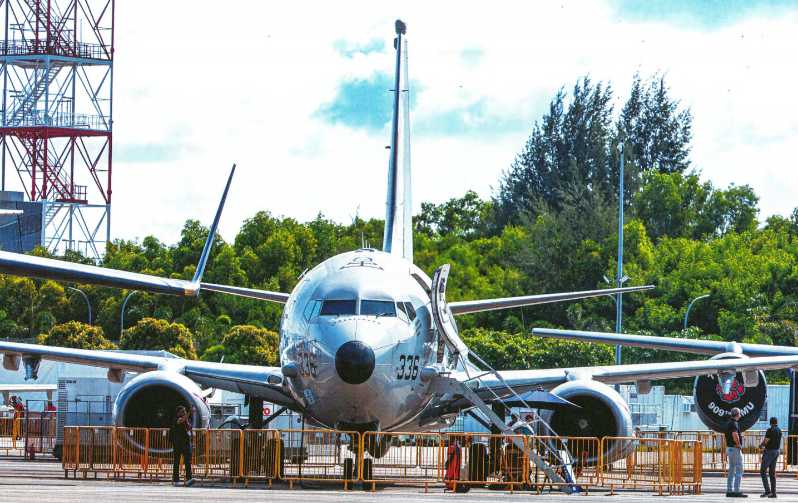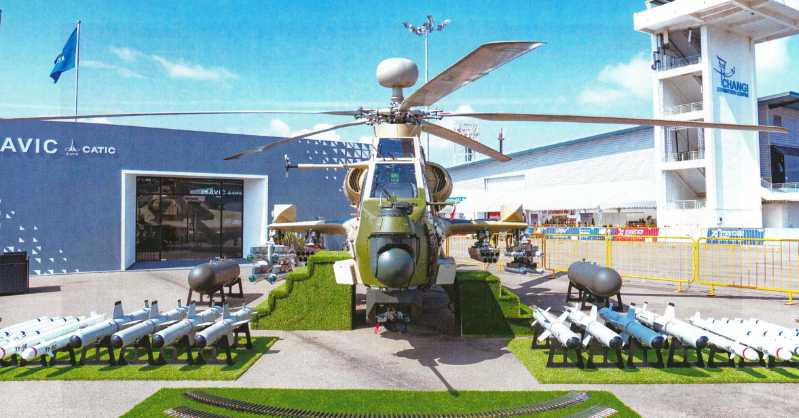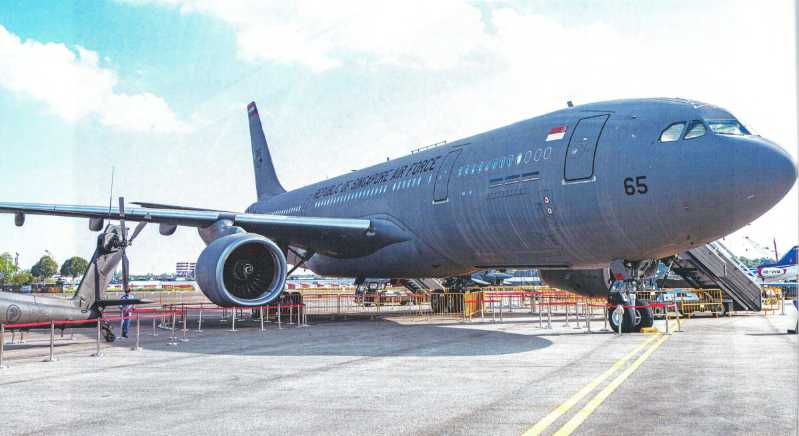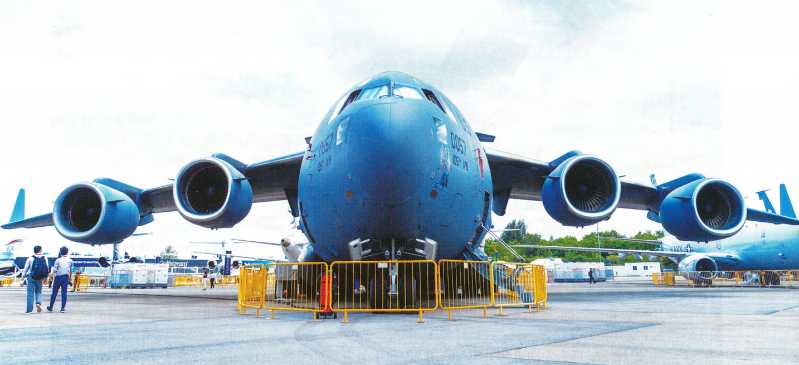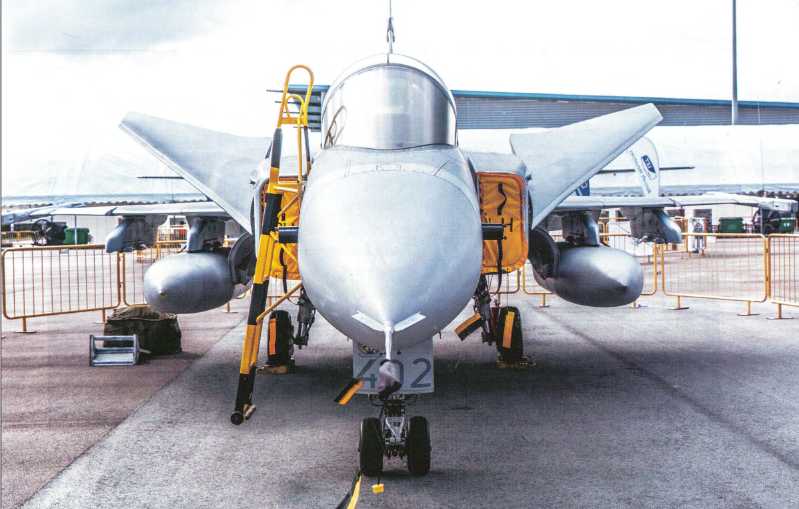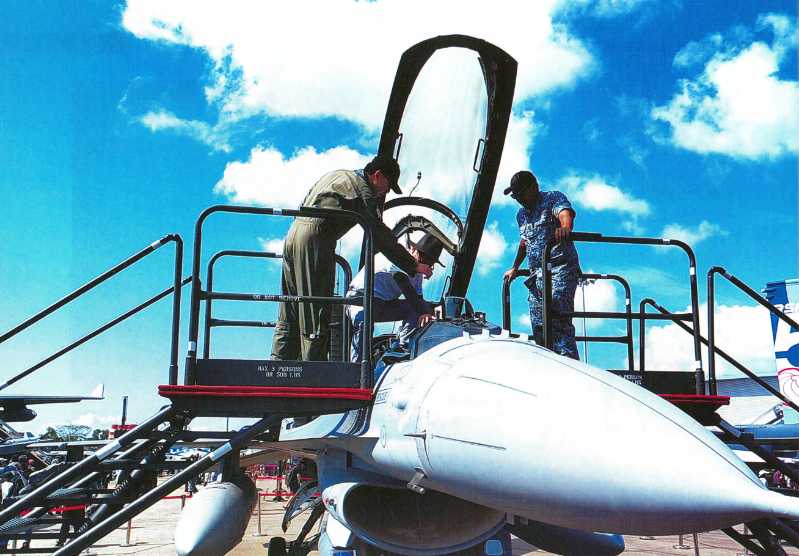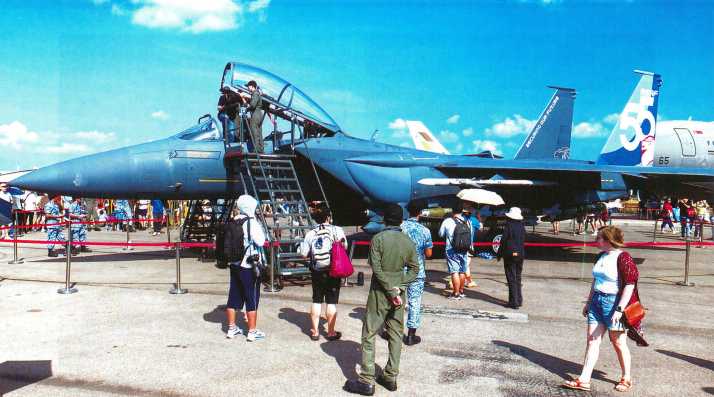At this year’s Singapore Air Show, the US Air Force dispatched a number of active military aircraft, including the F-35A stealth fighter and the B-52H strategic bomber, to add to the fun. The US Navy was not far behind and displayed the P-8A Poseidon anti-submarine patrol aircraft, which is currently being sought after by many countries.
Interestingly, judging from the number of this P-8A, it comes from the anti-submarine aircraft squadron stationed at Kadena Air Base in Okinawa, and may have flown directly here. These P-8A anti-submarine patrol aircraft of the squadron have frequently intruded into our territorial waters or air defense identification zones in recent years, causing trouble everywhere, either taking photos for reconnaissance or tracking our aircraft carriers for training. They have been intercepted and expelled by our military aircraft, and are considered "old friends" of the Chinese Air Force and Navy. Taking advantage of the opportunity to observe closely at this exhibition, let’s take a look at what is so special about this aircraft that can cause us so much trouble.
High-intensity trouble
If you pay more attention to domestic military news, you will find that the name of the P-8A anti-submarine patrol aircraft has been mentioned frequently in recent years, and it usually appears in reports with words such as "South China Sea", "Taiwan Strait", "territorial waters", "tracking" and "expulsion", and the frequency is getting higher and higher.
According to statistics, in November 2021, the US military sent a total of 94 large reconnaissance aircraft to the South China Sea, of which nearly 80% were P-8A, which can be called high-intensity reconnaissance. Moreover, the actions are getting bigger and bigger, and the attitude is getting more and more arrogant. Before, it was just approaching the territorial waters and moving along the edge of the air defense identification zone to test your reaction speed and bottom line. Now it has developed to directly sail through the Taiwan Strait and openly hype it.
However, we are not used to their bad habits. We will immediately send military aircraft to expel them when we find them. For example, within 48 hours before and after the U.S. P-8A anti-submarine patrol aircraft crossed the Taiwan Strait on December 7, 2022, our military dispatched a total of 51 military aircraft for combat patrol flights. For another example, on February 24, 2023, a U.S. P-8A anti-submarine patrol aircraft once again went deep into the South China Sea and flew over our Type 052D destroyer Changsha at low altitude. Moreover, this P-8A also carried CNN reporters, ready to make a big news. In view of the arrogant and provocative behavior of this P-8A, our army directly dispatched a J-11 fighter with live ammunition to intercept it head-on and eventually drove it away. The two aircraft were only 152 meters apart at the closest time, which was quite thrilling.
In August 2023, another P-8A anti-submarine aircraft approached Yongxing Island, and our army once again dispatched a Su-35 with live ammunition to intercept it. At that time, there were reporters from the U.S. Naval Association website on the P-8A. They filmed the islands and reefs in the South China Sea and the interception process of the Chinese Air Force, and also released a video. It can be said that the U.S. Navy’s P-8A anti-submarine patrol aircraft has often been hanging around China in recent years, doing things beyond the scope of the law whenever there is an opportunity, and trying to stir up trouble and make big news from time to time. Although they are often monitored and expelled by fighter jets of the Chinese Air Force and Navy, they are thick-skinned and fly away when caught, but they come back a few days later, harassing you for a long time, making you annoyed, so as to find loopholes to deal with you.
The performance is indeed advanced
The reason why the US Navy uses P-8A anti-submarine patrol aircraft to perform these tasks is that the equipment is large. The US Navy’s fixed-wing anti-submarine aircraft force has retired the last P-3C in 2020, becoming the world’s first force to completely eliminate propeller patrol aircraft and equip all jet anti-submarine aircraft. Currently, there are more than 120 P-8A anti-submarine patrol aircraft in operation; on the other hand, the P-8A has good performance in all aspects, strong endurance, and long flight distance. It can perform sea surveillance tasks and use the electronic equipment on board to carry out intelligence reconnaissance tasks, thus becoming the main aircraft for the US military to invade the South China Sea.
The P-8A anti-submarine patrol aircraft is 39.47 meters long, 37.64 meters wide, and 12.83 meters high. The empty weight of the whole aircraft is 62.73 tons, the maximum flight weight is 85.82 tons, it uses two CFM56-7B27A turbofan jet engines (the maximum thrust of a single engine is 121 kN), the maximum flight altitude is 12,496 meters, the maximum flight speed is 907 kilometers per hour, the cruising speed is 815 kilometers per hour, the combat radius is 2,225 kilometers (4 hours of air time), and the maximum range is 8,300 kilometers.
The first feature of this aircraft is that the carrier is advanced. The aircraft is developed on the basis of the Boeing 737-800 passenger aircraft, and the latter has produced more than 5,000 aircraft worldwide, accumulating rich flight data and operating experience, and is very mature and reliable. The safety and reliability of the aircraft are strongly guaranteed, and the economy of use and maintainability are also excellent.
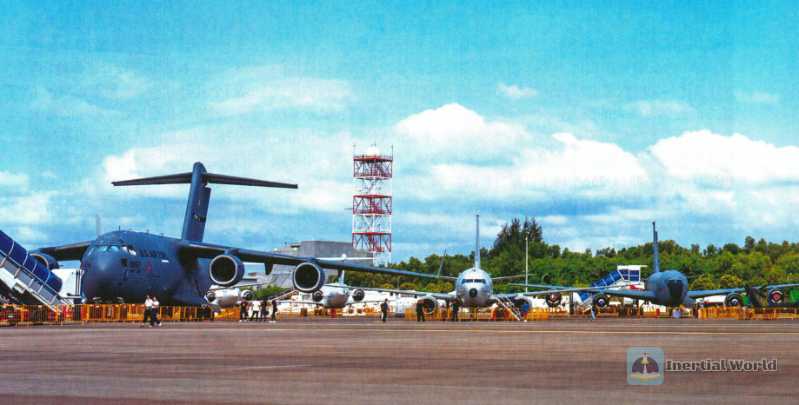
The P-8A anti-submarine patrol aircraft is equipped with electronic equipment such as water search radar, maritime surveillance radar, magnetic detector, etc., integrating anti-submarine patrol, maritime surveillance, reconnaissance intelligence and other functions. One P-8A anti-submarine patrol aircraft can complete the work that one P-3C anti-submarine aircraft and one EP-3 electronic reconnaissance aircraft can complete, and has strong multi-task processing capabilities. Therefore, many countries now do not call the P-8A an anti-submarine patrol aircraft, but directly call it a patrol aircraft. This "patrol" includes multiple tasks such as electronic reconnaissance, anti-submarine, maritime surveillance and weapon attack. It is a multi-functional maritime military aircraft. The main sea search equipment of the P-8A anti-submarine patrol aircraft is the AN/APY-10 airborne radar installed in the nose radome. This radar can provide more powerful capabilities in "scanning and tracking" and target detection modes, and can be guided online by the P-8A anti-submarine patrol aircraft missile control and display system. Compared with the AN/APS-137 radar on the P-3C, the AN/APY-10 radar is smaller in size and has stronger performance. It can easily detect targets such as periscopes, submarine snorkels, and small speedboats at sea. It can track and analyze 256 sea targets at the same time, and guide air-to-ground or anti-ship missiles to attack, while evaluating the strike effect.
AN/APY-10 radar has two working modes: high-resolution synthetic aperture radar and inverse synthetic aperture radar, and can be compatible with a variety of information-based joint combat systems. Among them, the first working mode can conduct long-range surface search, and has the functions of detecting, tracking, classifying, identifying and imaging stationary targets and underwater submarines at sea. The second working mode can detect, classify, track and image submarines that have surfaced and small and medium-sized high-speed surface ships operating in shallow coastal waters, and can also monitor and locate deep targets on shore and land.
In terms of detection instruments, the P-8A anti-submarine patrol aircraft is equipped with a magnetic anomaly detector at the tail of the aircraft, which can search, track, locate and confirm underwater targets through magnetic field changes or anomalies. It is especially suitable for detecting a new generation of submarines made of non-magnetic alloy steel materials, and its submarine search performance is better than the old magnetic anomaly detector equipped with the P-3C anti-submarine aircraft. This is a passive detection device, the main features of which are a long detection distance and high positioning accuracy. It can detect submarines that are about 300 meters underwater. In addition, the aircraft is also equipped with a "Night Hunter"-2 infrared photoelectric detection device, which can identify various targets, sense a temperature difference of 0.03 degrees Celsius, and accurately distinguish military targets.
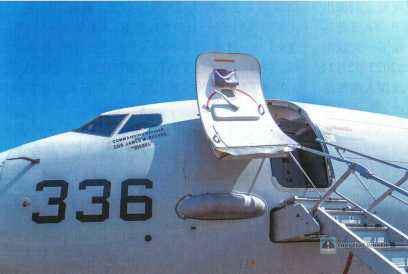
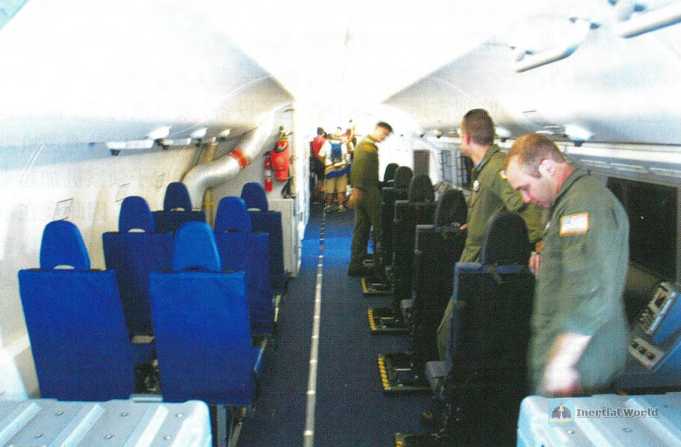
The P-8A anti-submarine patrol aircraft is also equipped with a large number of active and passive electronic warfare equipment. In addition to the AN/ALO-240 radio countermeasure system, the P-8A fuselage is equipped with the "Nemesis" DIRCM infrared countermeasure system on the front and rear of the lower fuselage. The system consists of a missile alarm subsystem and a jammer launcher subsystem. It uses the "Viper" multi-band solid-state laser transmitter and has a strong ability to counter (medium and short-range) infrared-guided missiles. It also has a certain multi-functional infrared detection capability. This model is also equipped with an airborne towed decoy system, which can improve the body protection from missile attacks.
In addition, in terms of the underwater acoustic signal processing system, the P-8A anti-submarine aircraft is equipped with a new underwater acoustic processor developed by Boeing, which can receive, process and record 64-channel active/passive acoustic data, and its data processing capability is better than the 16-channel acoustic detection system equipped by the P-3C anti-submarine aircraft.
The P-8A anti-submarine patrol aircraft uses a two-person flight crew, with 5 display and control positions set up in the cabin, and a bomb bay designed at the rear and lower part of the fuselage, with 5 built-in weapon hanging points: 6 weapon hanging points are added under the wings, with a maximum hanging capacity of 10 tons. There are also 48 sonar buoy launch tubes in the belly weapon area, of which 45 are disposable external loading tubes and 3 can be repeatedly loaded from the inside of the cabin. The aircraft can carry more than 120 sonar buoys.
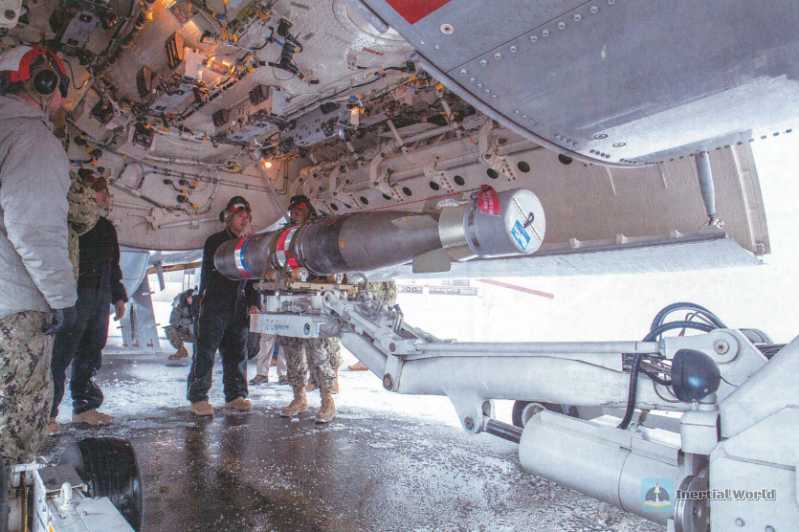

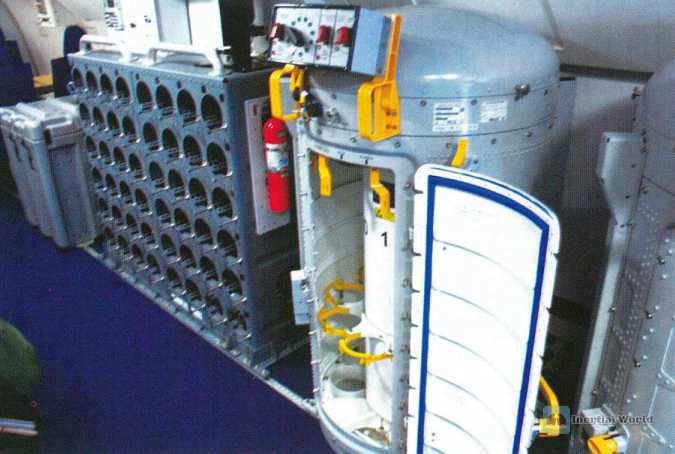
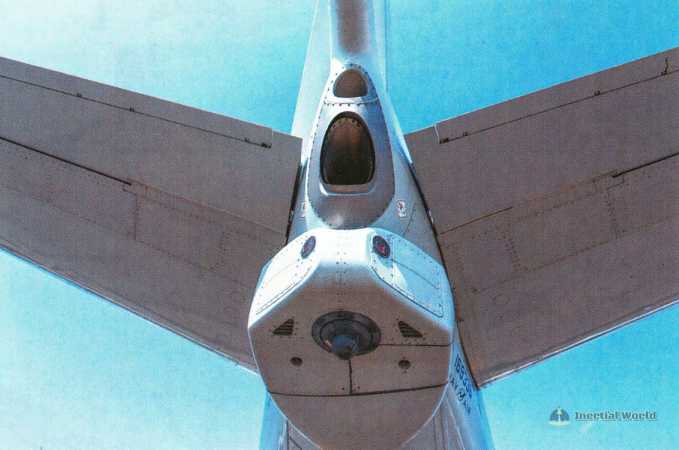
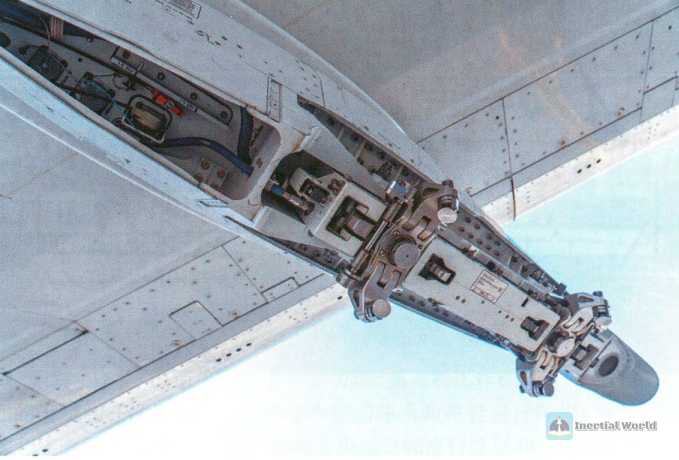
In terms of weapon mounting, its main mounted weapons are Raytheon’s MK54 light thunder and Boeing’s AGM-84H/KSLAM-ER, AGM-88 AARGMER and other anti-ship/land attack missiles.
Among them, the former has excellent performance in acoustic self-guidance and is currently the most advanced air-dropped anti-submarine torpedo. The latter can rely on data links to continuously correct the parameters of the attack target, thus laying the foundation for attacking targets on water, underwater and land.
In addition to this type of ammunition, the US Navy is currently actively promoting the adaptation of the P-8A to carry the LRASM subsonic stealth cruise missile. The main features of the LRASM missile are strong penetration/destruction capability, high strike accuracy, high degree of intelligence and good multi-platform use capabilities. The missile weighs 1,134 kilograms and uses a turbofan engine with a maximum thrust of about 0.6 tons. The maximum flight The speed is 0.9 Mach, the maximum range is about 560 kilometers, and it adopts a composite guidance system of "inertial guidance + GPS guidance + two-way data link + ESM detection + infrared imaging terminal guidance". It has high strike accuracy and excellent complex route planning capabilities. It is equipped with a 1,000-pound (about 454 kg) blasting and penetrating warhead (with both armor-piercing and blasting functions), which is very suitable for attacking large surface targets.
Since the P-8A has a long range and a good payload, as long as the adaptation work is completed, the P-8A anti-submarine aircraft equipped with a certain number of LRASM missiles will be transformed into a "quasi-strategic bomber" with strong long-range deterrence. In addition, the P-8A anti-submarine patrol aircraft is also equipped with Lin The three data links, k-11, Link-16, Link-22, etc., can exchange data with the navy’s ships, various types of aircraft in the air, drones and anti-submarine aircraft, realize information sharing, and become combat nodes on the battlefield. On the one hand, it can coordinate other aircraft to jointly fight against submarines. More importantly, it can even play the role of a command aircraft, guide warships to fight, and implement precision strikes.
Conclusion
Compared with the previous generation P-3C anti-submarine aircraft, the P-8A has a larger body, faster flight speed, more airborne sonar buoys and weapons, and more advanced electronic equipment. It is a very powerful anti-submarine patrol aircraft, which can play a role in anti-submarine warfare, anti-surface warfare, and maritime intelligence, surveillance and reconnaissance. Therefore, we should strengthen our understanding and research on it so as to deal with it at a lower cost and loss.
Related reading
- 国产大飞机海外首秀:中国商飞C919和ARJ21飞行展示
- Domestic large aircraft overseas debut: COMAC C919 and ARJ21 flight demonstration
- 从美军B-52H战略轰炸机双机通场新加坡航展说起
- 近距离观察F-35A隐形战斗机
- 近观新加坡F-15SG战斗机
- 我进入了F-16D的座舱
- 新加坡航展上的萨博“鹰狮”JAS-39战斗机
- 我当上了苏-30的飞行员--苏-30MKM战机前的超强体验
- 又见C-17运输机
- 首次亮相新加坡航展的直-10ME
- 公开展示的“阿帕奇”武装直升机
- 静态展示的CH-47F“支努干”重型运输直升机
- KC-135下的漫步,不得不说的硬管加油装置
- 细看新加坡“紫菀”-30防空导弹
- 先进机型齐亮相---新加坡航展上的中航展台
- 混动装甲战车--新加坡“特雷克斯s5”轮式装甲车管窥
- 2024年新加坡航空展室内展台参观记


